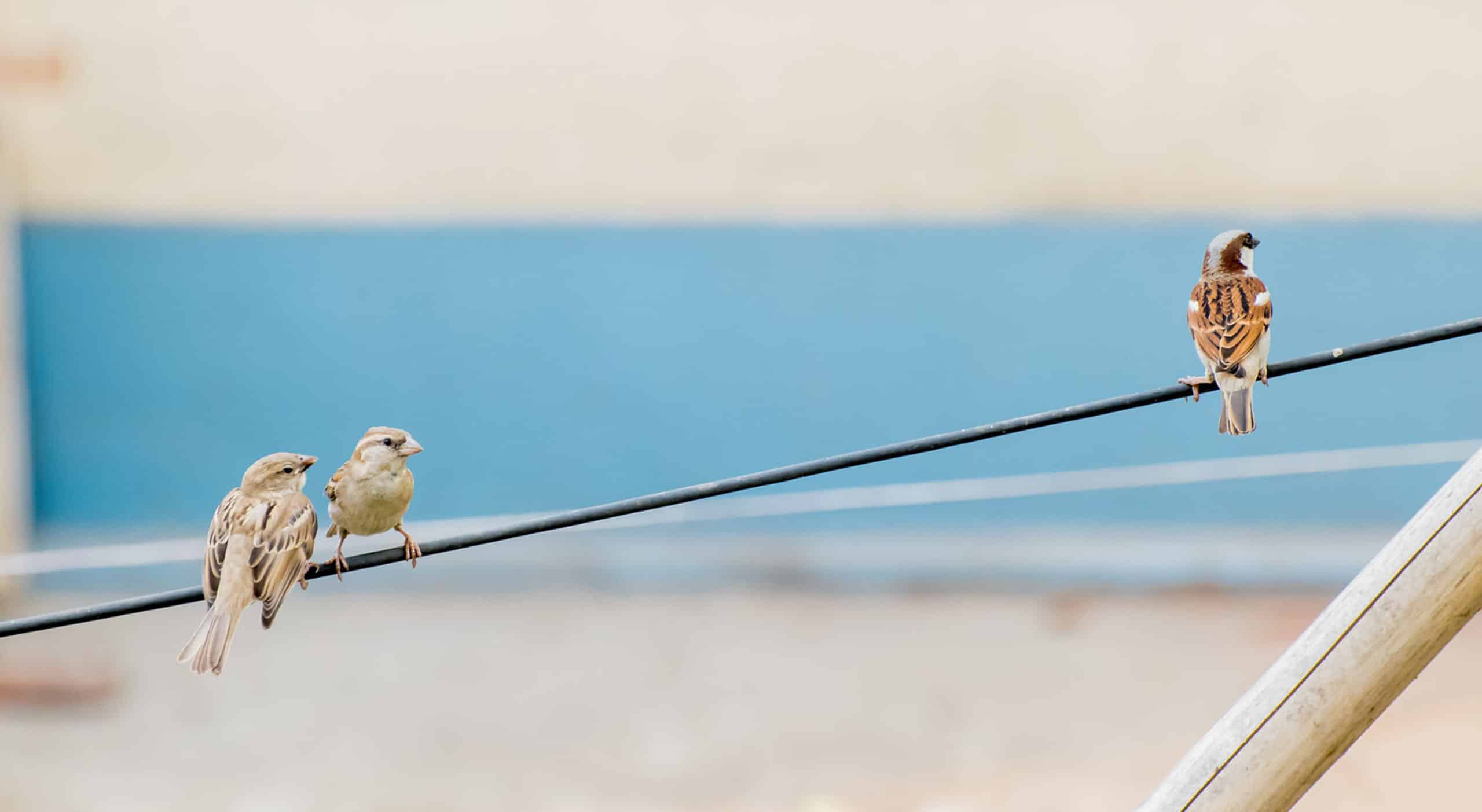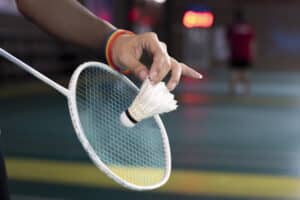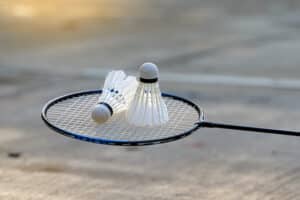How Fast Does a Birdie Fly in Badminton?
Key Takeaways
- The average speed of a badminton shuttlecock can vary depending on factors such as the type of shuttle used and the force applied by the players.
- The maximum recorded speed of a shuttlecock in professional play is 426 km/h (264.7 mph), demonstrating the incredible power and speed achieved by skilled badminton players.
- The potential velocity of a shuttlecock in intense gameplay can exceed 320 km/h (200 mph) and 493 km/h, indicating the high speed that can be generated by a shuttlecock.
In the sport of badminton, the birdie, also known as a shuttlecock, is an integral part of the game. It is hit back and forth across the net by players using a racquet. One common question that arises is how fast does a birdie fly in badminton? Let’s explore the speed of a birdie in this exciting sport.
Varied Speeds of a Badminton Shuttlecock
The average speed of a badminton shuttlecock can vary depending on various factors, such as the type of shuttle used and the force applied by the players. The specific speeds for different levels of shuttles are as follows:
- Very slow: 48 – 75 units
- Slow: 49 – 76 units
- Medium: 50 – 77 units
- Fast: 51 – 78 units
- Very fast: 52 – 79 units
It’s important to note that the units used to measure the speed of a shuttlecock are not specified in the available information.
Maximum Recorded Speed
While the average speed of a shuttlecock can vary, the maximum recorded speed in professional play is an astounding 426 kph (264.7 mph). This demonstrates the incredible power and speed that can be achieved by skilled badminton players.
Other Recorded Speeds
According to various sources, the maximum speed of a shuttlecock has been recorded to be in excess of 320 km/h (200 mph) and 493 km/h. These speeds indicate the potential velocity that can be generated by a shuttlecock in intense gameplay.
Conclusion
In conclusion, the speed at which a shuttlecock, or birdie, flies in badminton can vary depending on the type of shuttle used, the force applied by the players, and their skill level. The average speeds range from very slow to very fast, with no specific units provided in the available information. The maximum recorded speeds in professional play have been reported to be as high as 426 kph (264.7 mph), showcasing the incredible athleticism and power of top badminton players.
Related Websites:
FAQs:
Q: What is a birdie in badminton?
A birdie, also known as a shuttlecock, is the projectile used in badminton. It consists of a rounded projectile with a rubberized cork at the base and feathers or synthetic material at the top.
Q: What factors affect the speed of a birdie in badminton?
The speed of a birdie in badminton is influenced by several factors, including the force exerted by the player, the angle of the shot, the type of feathers or synthetic material used in the birdie, and the air resistance it encounters during flight.
Q: What is the average speed of a birdie in badminton?
The speed of a birdie in badminton can vary, but on average, it can travel at speeds ranging from 200 to 300 kilometers per hour. However, the speed may differ depending on the player’s skill level and the technique used.
Q: How does the speed of a birdie impact gameplay in badminton?
The speed of a birdie plays a crucial role in the gameplay of badminton. Players need to react quickly to the birdie’s speed to maintain control and develop effective strategies. Fast-paced shots require swift reflexes and agility to keep up with the game.
Q: How does the speed of a birdie in badminton compare to other sports?
When comparing the speed of a birdie in badminton to other sports, it is considerably faster than a tennis ball, baseball, golf ball, or soccer ball. The high velocity of a birdie adds to the excitement and intensity of the game.






